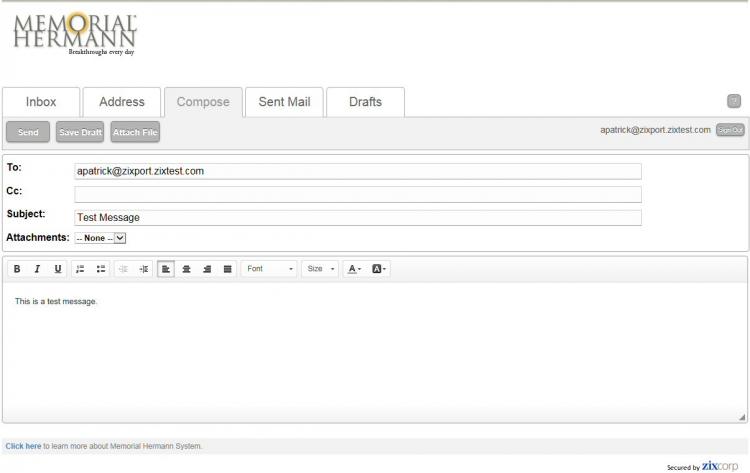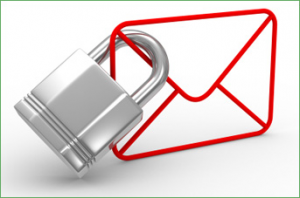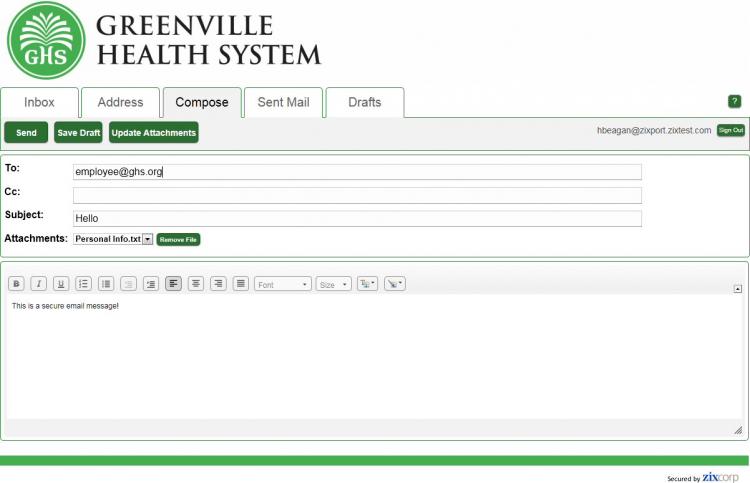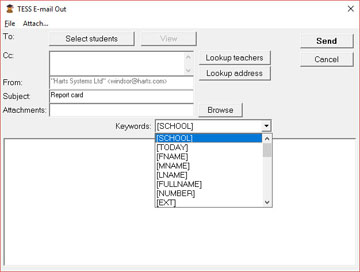

Uses encryption and usage restrictions to provide online and offline protection for email messages and attachments.
SYSTEM SECURESEND EMAIL SOFTWARE
No special client side software is needed as long as the encrypted message (sent as an HTML attachment) can be opened in a browser. Microsoft securely manages and stores the keys, so you don't have to. If a recipient's private keys are compromised, the recipient needs to get a new private key and redistribute public keys to all potential senders.Įncrypts messages sent to internal or external recipients.Īllows users to send encrypted messages to any email address, including, Yahoo! Mail, and Gmail.Īllows you, as an admin, to customize the email viewing portal to reflect your organization's brand. Recipients have to maintain their own private keys, which must remain secure. To use S/MIME, you must have public keys on file for each recipient. A digital signature helps the recipient validate the identity of the sender.īoth digital signatures and message encryption are made possible through the use of unique digital certificates that contain the keys for verifying digital signatures and encrypting or decrypting messages. The message encryption helps ensure that only the intended recipient can open and read the message. S/MIME is a certificate-based encryption solution that allows you to both encrypt and digitally sign a message. IRM capabilities in Microsoft 365 use Azure Rights Management (Azure RMS). It helps prevent sensitive information from being printed, forwarded, or copied by unauthorized people. IRM is an encryption solution that also applies usage restrictions to email messages. They don't need a Microsoft 365 subscription to view encrypted messages or send encrypted replies. Recipients can also send encrypted replies. To view encrypted messages, recipients can either get a one-time passcode, sign in with a Microsoft account, or sign in with a work or school account associated with Office 365. When a user sends a message that matches a rule, encryption is applied automatically. Message encryption is a service built on Azure Rights Management (Azure RMS) that lets you send encrypted email to people inside or outside your organization, regardless of the destination email address (Gmail, Yahoo! Mail,, etc.).Īs an admin, you can set up transport rules that define the conditions for encryption. Comparing email encryption options available in Office 365 Email encryption technology

The recipient's machine uses a key to decrypt the message, orĪ central server decrypts the message on behalf of the recipient, after validating the recipient's identity.įor more information on how Microsoft 365 secures communication between servers, such as between organizations within Microsoft 365 or between Microsoft 365 and a trusted business partner outside of Microsoft 365, see How Exchange Online uses TLS to secure email connections in Office 365. Once the message is received by the recipient, the message is transformed back into readable plain text in one of two ways: The message remains in ciphertext while it's in transit in order to protect it from being read in case the message is intercepted. Here's how email encryption typically works:Ī message is encrypted, or transformed from plain text into unreadable ciphertext, either on the sender's machine, or by a central server while the message is in transit. For example, Microsoft 365 uses Transport Layer Security (TLS) to encrypt the connection, or session, between two servers. In the service, encryption is used in Microsoft 365 by default you don't have to configure anything. Microsoft 365 uses encryption in two ways: in the service, and as a customer control. Secure/Multipurpose Internet Mail Extensions (S/MIME).Įncryption is the process by which information is encoded so that only an authorized recipient can decode and consume the information. This article introduces the three types of encryption available for Microsoft 365 administrators to help secure email in Office 365: If you want to learn more about all security features in Office 365, visit the Office 365 Trust Center.


This article presents three ways to encrypt email in Office 365. Microsoft 365 delivers multiple encryption options to help you meet your business needs for email security. This article compares encryption options in Microsoft 365 including Microsoft Purview Message Encryption, S/MIME, Information Rights Management (IRM), and introduces Transport Layer Security (TLS).


 0 kommentar(er)
0 kommentar(er)
